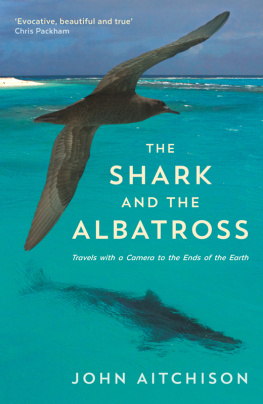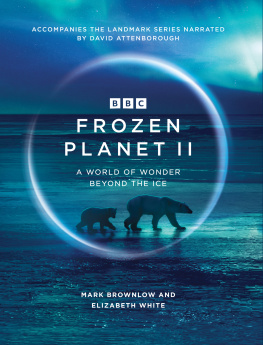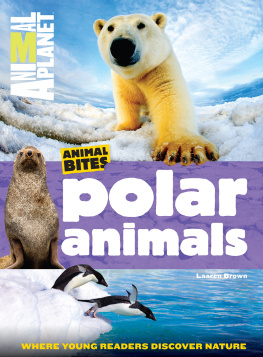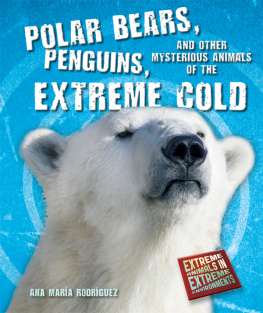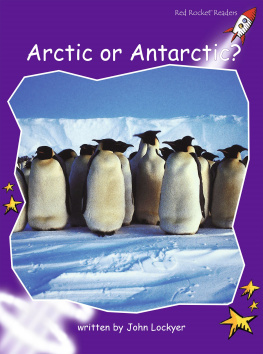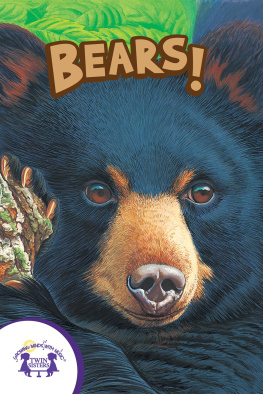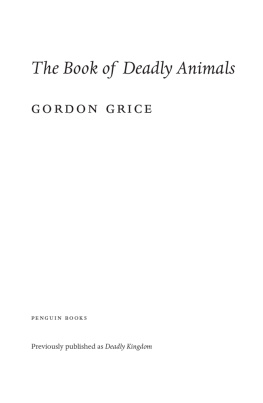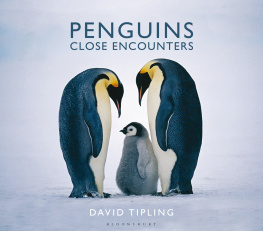THE
SHARK
AND THE
ALBATROSS
JOHN AITCHISON is a wildlife filmmaker. He has worked with the BBC, National Geographic, PBS and Discovery Channel on series including Frozen Planet, Life, Big Cat Diary, Springwatch, Hebrides and Yellowstone; and programmes such as the BBCs The Amber Time Machine. His many awards include a joint BAFTA and a joint Primetime Creative Emmy, both for the cinematography of Frozen Planet.
THE
SHARK
AND THE
ALBATROSS
Travels with a Camera to the Ends of the Earth
JOHN AITCHISON

First published in Great Britain in 2015 by
PROFILE BOOKS LTD
3 Holford Yard
Bevin Way
London
WC1X 9HD
www.profilebooks.com
Copyright Otter Films Ltd, 2015
Maps copyright Freya Aitchison, 2015
The moral right of the author has been asserted.
All rights reserved. Without limiting the rights under copyright reserved above, no part of this publication may be reproduced, stored or introduced into a retrieval system, or transmitted, in any form or by any means (electronic, mechanical, photocopying, recording or otherwise), without the prior written permission of both the copyright owner and the publisher of this book.
A CIP catalogue record for this book is available from the British Library.
eISBN 978 1 78283 107 5
This book is dedicated to my family,
and to the memory of my grandma, who taught me to notice
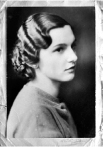
INTRODUCTION:
THE SHARK AND THE ALBATROSS
C loud shadows. Water-dapple and dancing light. A strip of sand, blindingly white: an island made entirely of broken coral and shells and, at my feet, the sea. This sea, the colour of glass, stacked layer upon layer: a clear and vivid green, like the eyes of a cat. There are seven squat bushes on the island, moulded by the salt wind and decorated, like low Christmas trees, with birds called noddies. They are terns, chocolate-coloured, evenly spaced, all facing the wind: the ever-present wind. Most of the islands birds are black-footed albatrosses: big, dark brown, with pale faces and, well, you can guess the colour of their feet, but its their wings that mark them out, that define them. Their wings are wider than I am tall.
A shower is coming. As the sky darkens, the sea turns to turquoise milk. A strong gust sweeps across the island and the albatrosses respond, opening their wings. All of them. Hundreds of them, yearning to fly. They live for this wind. They are all young birds, just a few months old. The boldest lift a metre into the air on the gust and teeter there, trailing their feet. Its their first taste of flight. They will spend most of their lives in the air: the ones that live to leave the island.
This is part of French Frigate Shoals, four days away from Honolulu in Hawaii, and Im seeing it from a tiny platform, thirty metres offshore. The waves are just a metre below me, with another three to the seabed. Its a bit precarious but perfect for filming the young albatrosses as they are gradually drawn to the sea.
At sunrise I sit beside one of them on the beach, just an arms reach away. She takes little notice just one peck at my shoe before turning back to the water. I follow her with my camera. Her dark eye fills the viewfinder. I can see the waves reflected there, the beach and a man, silhouetted, crouching by his tripod under the bright circle of the sun. It is humbling to be trusted by her as she opens her wings to the wind. In two weeks she and every other albatross on this island will have left, or died in the attempt. I shift focus and frame a view of the albatrosss feet: black triangles on the sand. The shadow of her head falls exactly between them, completing the image of the bird. A wave curls in and hides her feet, but the shadow of her upper half remains on the froth until the wave retreats and restores her. The shadow of a frigate bird streams across her back, across my face and on across the bright sand. I am often drawn to filming shadows. I like the way they hint at reality without being the thing itself, as photographs do, or films. I like the way they are made, by light and matter touching. Later my own shadow does that, when it falls across anothers eye.
From my filming platform I scan continuously. Looking out. Looking down. The water surface is fascinating. Impressions of the seabed filter up through its restless lens: sand ripples, like fingerprints, compress and stretch, while webs of light dance to the wave-rhythm and from every wavelet and every curve comes the image of the sun, a million, million times. This camera could slow the motion down for me to study it, to probe the optics of the sea, but I dont even try because I dont want to break the spell. Instead I watch and revel in the beauty of this dancing light; but within this enigmatic sea there are other shadows moving: large ones, sometimes larger than me, and thats why I stand here, day after day. I am looking for shadows, but they are shape-shifters: green turtles splinter and re-form, to surface with a monk seals whiskery face. Others shimmer but stay put and become rocks or coral heads. Some shadows are longer and darker and more sinuous. More dangerous.
Another gust hits the beach and the albatrosses paddle the air with their wingtips. To fly from here, where their toes are wetted by the surf, would take them out over the water for the first time. If they knew what was waiting for them I wonder how many would choose to stay and starve upon the beach.
The shadow of my platform leans towards the shore, cast down through the sea and stretched out upon the sand: three boards to stand on, a handrail, the tripod, then me and into this space, between me and the shore, swims a fragmented shape. It is twice as long as I am tall. Beyond it I can see the albatrosses exercising: nave, oblivious. The shape swims into my shadow. My shadow-head falls across its eye, across the sharpness of its fin and across its skin: skin striped like sun-dapple and built to hide in shifting light and shade, like its namesake, the tiger but this tiger is a shark. Beneath my shadow it changes course. The tiger shark has seen me too.
Feeling the breeze and lifting onto tiptoe, the albatrosses are exquisitely aware of the air flowing over their wings: they sense it in their every feather-filled pore. They are almost ready now. I think it is better that they do not know. Suddenly my coming here to film these birds dying seems horrible, but if I do not record what happens I will have failed; and yet these albatrosses are young and beautiful and some are on the brink of meeting killers fit for nightmares. So can I wish that every albatross evades the sharks? I can wish it, I suppose; I know it wont make any difference, and still I must film what happens. Even if I wanted to prevent them dying I could not: sharks have to eat.
We Must not Interfere. Its our mantra, our creed as filmmakers: to document but not to touch, and sometimes thats very hard.
From the beach an albatross lifts clear and cuts its ties with the land. It heads my way and for each of us the test begins. The bird is unsteady in the air. I imagine the effort it is making, trying to stay level, trying to stay dry. It passes me, flying slowly, too slowly, and it settles on the sea. Through my lens I can see it swimming calmly. I start the camera. The bird folds its wings with an efficient, three-way bend and paddles on. Im completely still, intent on focus, composition and the dozen other things that are my job and which make the camera work, or not. Much of this is second nature and I find I have just enough spare thinking time to be there, on the sea, with the albatross. Again I see its eye but this time the only reflection is the bright point of the sun. This young albatross is entirely alone.
Next page
